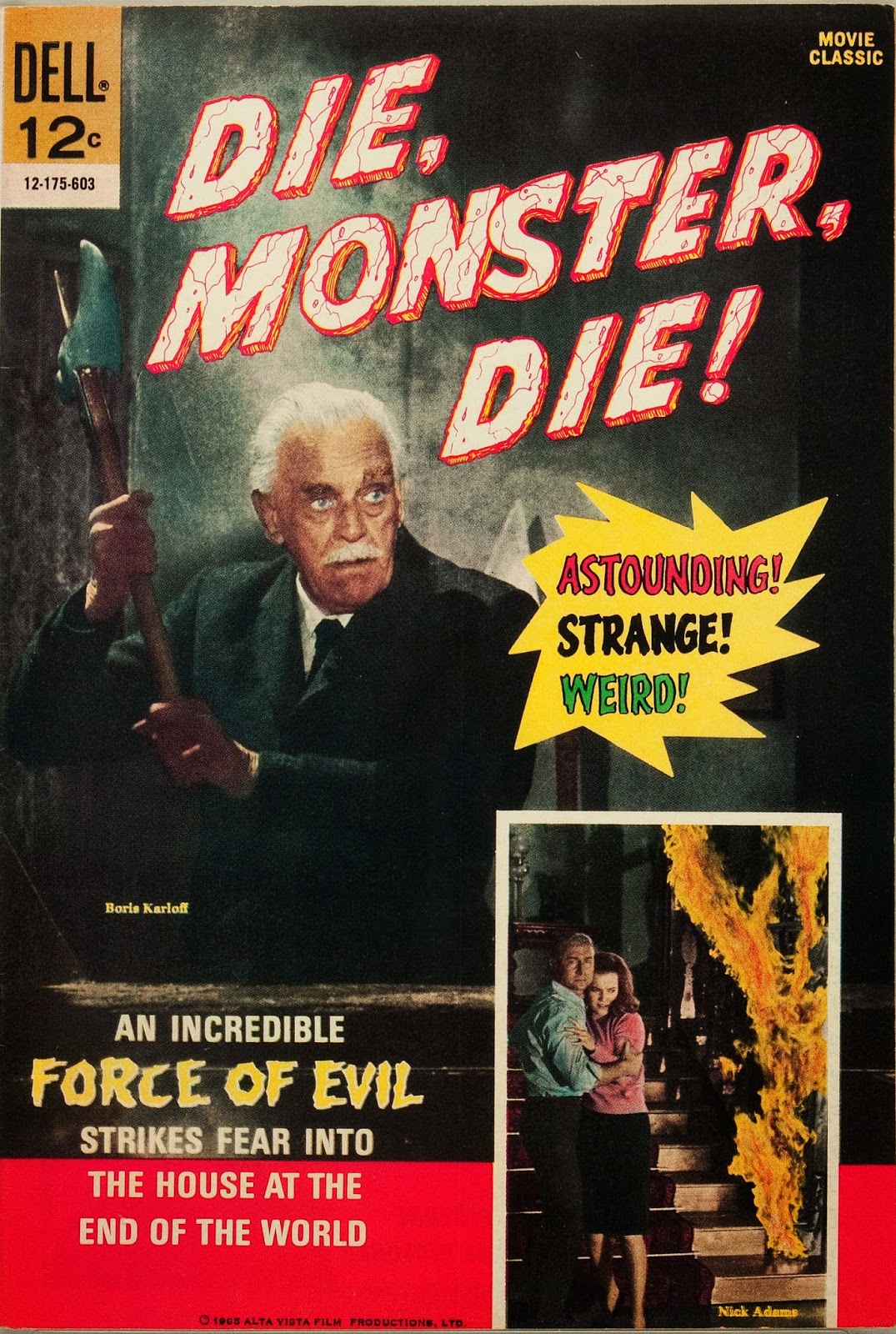Two Worlds Of Goldilocks
From An Ocean Of Cartoon Fairy Tales ...
I realize now that I was alienated in part from Terrytoons because their "credits" were so stark, with just a title against bland background. You'd not know except from Roman numerals when the cartoon was made, provided such type was legible. Animation was fuller than shorts made for TV, like those of Hanna/Barbera, but who knew what studio backed the Terrys? (turns out it was 20th Fox) Cartoons earned integrity for me by displaying logos, preferably known quantity of WB, MGM, or Universal's Plexiglas globe that ushered in Woody Woodpecker. "The Three Bears" might be anything from anywhere, and that lessened my interest as a 60's TV watcher.
I tried locating The Three Bears on You Tube and found adapt by dozens of the fairy tale, but not this one released in 1939, an issue made cloudier by presence of Goldilocks and The Three Bears, made at MGM and also '39 vintage. By that time, fairy tales were past sincere treatment, rhythm now set to mockery toward narrative that had served well for generations, if not centuries. It was as though everyone agreed that childhood fables were hopelessly square, lampoon a sole approach to hereafter take. That would calcify to cliché of worldly-wise Goldilocks, Red (Hot) Riding Hoods, and boogie-woogie Snow ("So") White. Walt Disney was apparently the last cartoon maker to pour fairy tales straight. He was of that mindset to still regard them as sacred text, but wasn't alone, at least during a silent era.
Being as how FT's could be easily (and endlessly) told in six or so minutes, those who'd pioneer at cartoons lifted them from storybooks unencumbered by copyright and put Goldilocks to voiceless work in primitive reels like one I came across beside Terry's treatment. It too had a replaced title, and I found no reference at IMDB. Could it be that there were so many Goldilocks cartoons as to leave no written record of some? The only way to know they exist is for one to turn up, sort of like program westerns slipping through cracks of historic documentation. This silent one I watched was from Kodak Cinegraph ("New Releases Each Month"), a home movie offering of a previously theatrical subject. LANTERN search revealed a Cinegraph 16mm release in 1933 of "Living Fairy Tale" Goldilocks and The Three Bears, but who produced it originally?
The flash frame of an end title revealed the source: Carpenter-Goldman Productions ... but who were they? Again, IMDB bore no fruit, but there was a Carpenter-Goldman Productions, located in























































